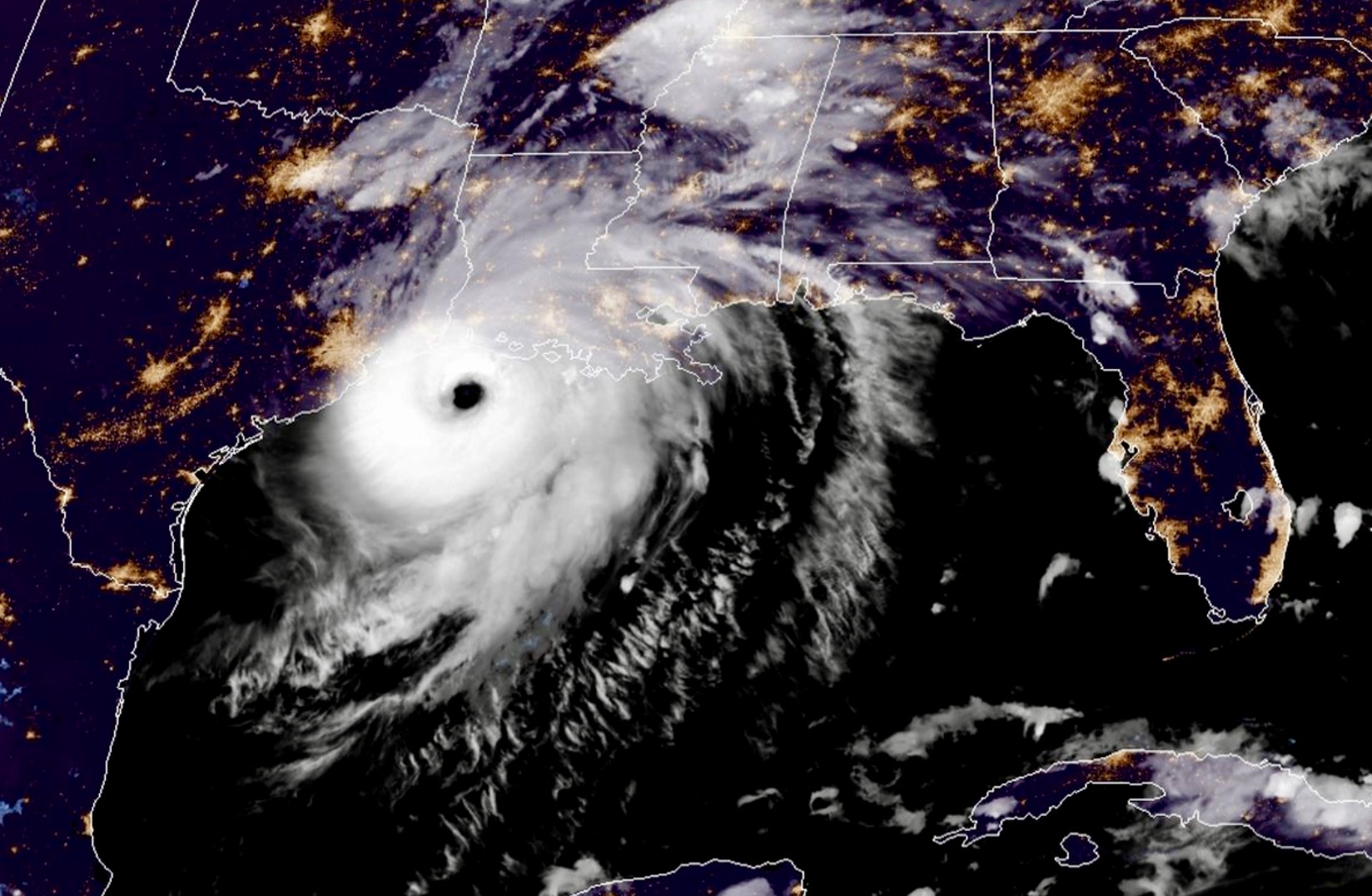Laura Slams Into Louisiana Coast As Category Four Hurricane
Hurricane Laura slammed into the coast of Louisiana early Thursday morning packing maximum sustainedYou must Subscribe or log in to read the rest of this content.
Hurricane Laura slammed into the coast of Louisiana early Thursday morning packing maximum sustained
